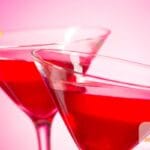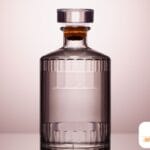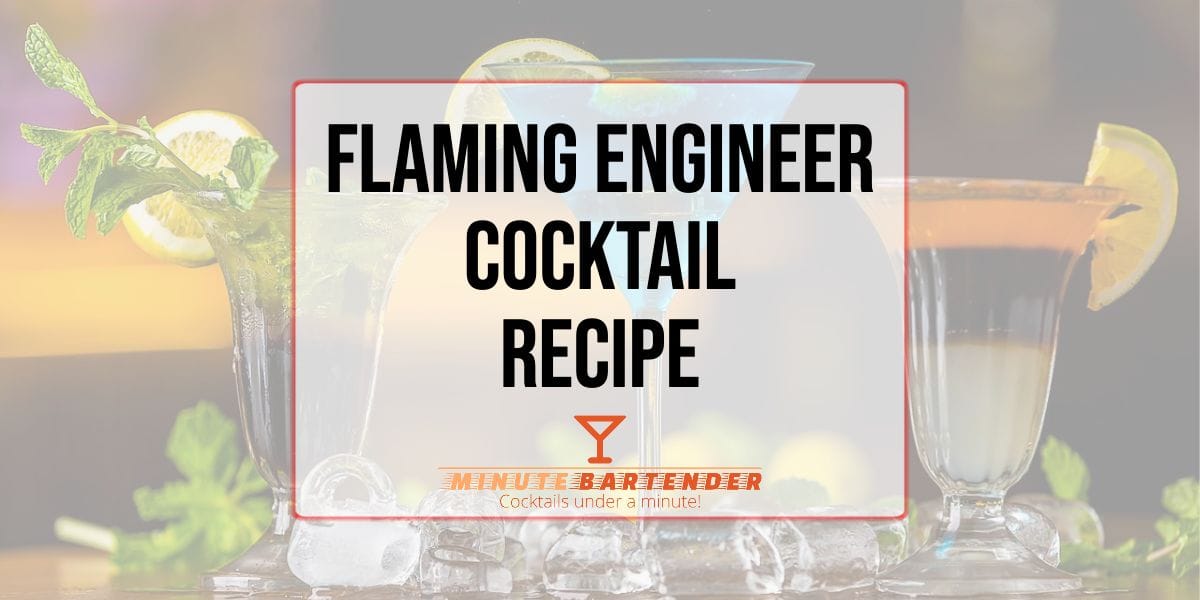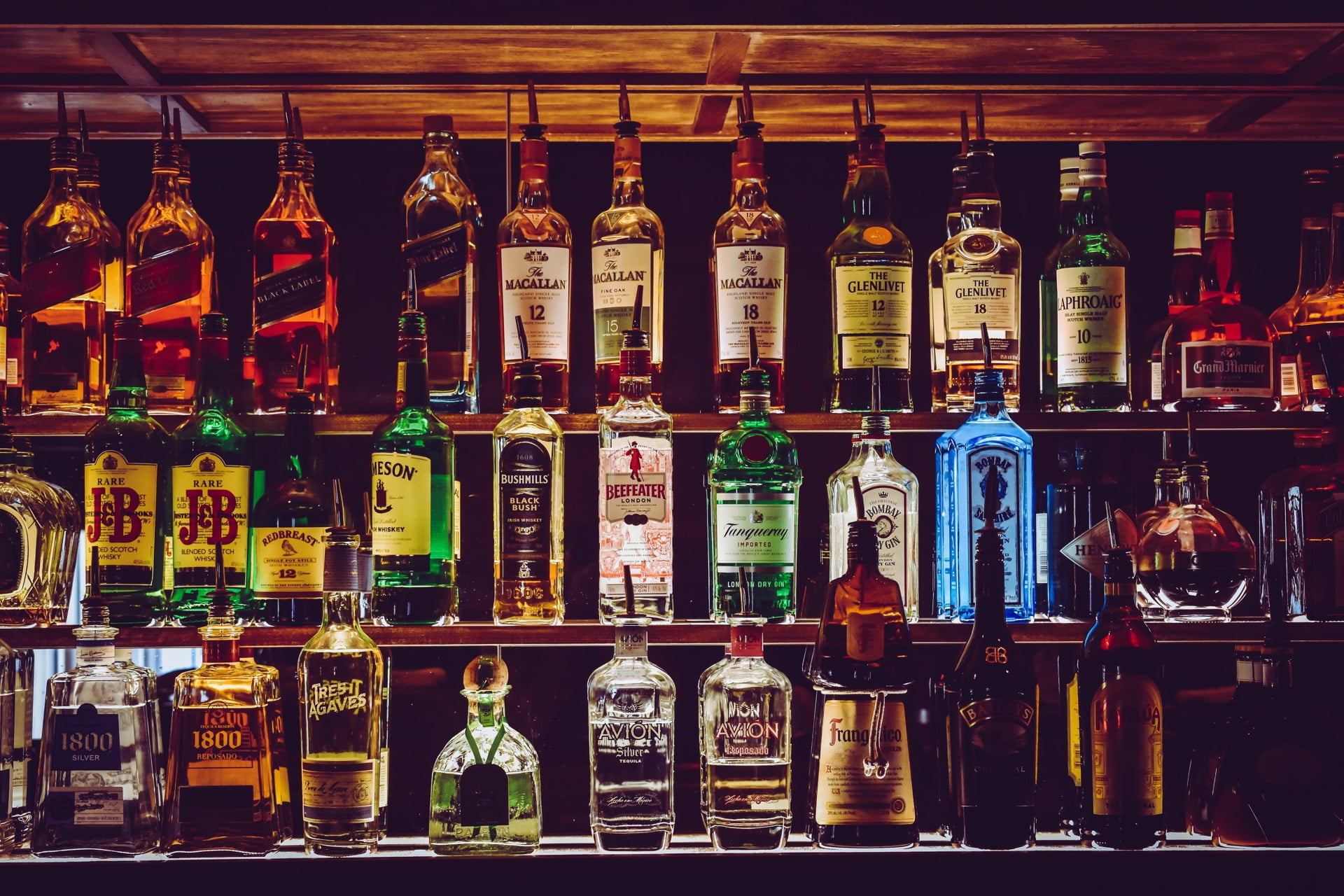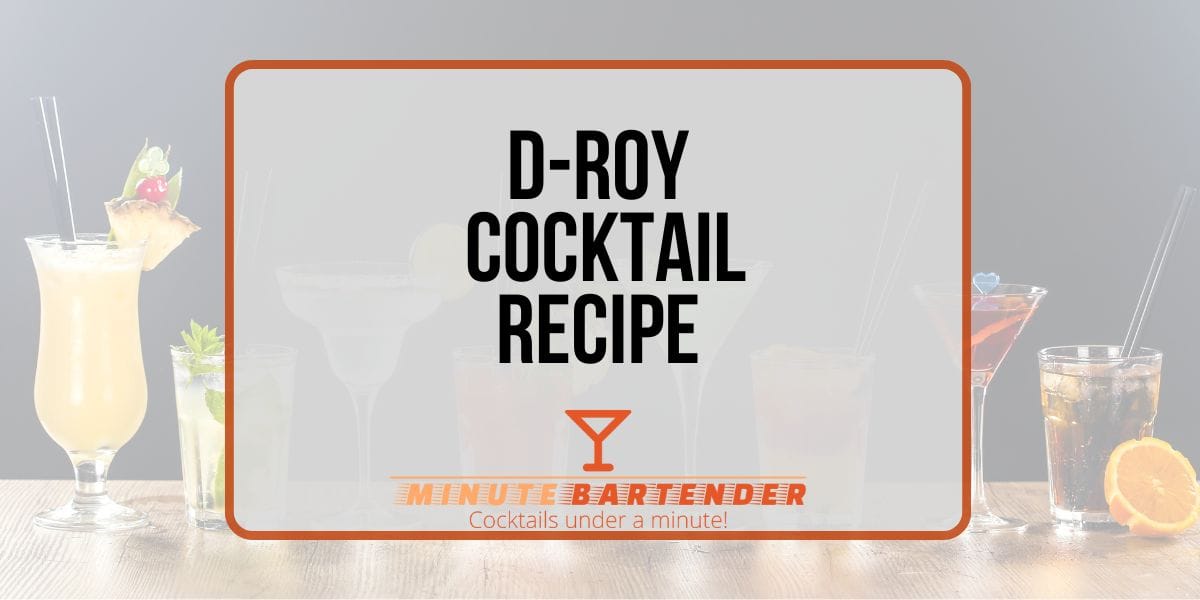The Flaming Engineer stands out as one of the most visually striking cocktails you’ll ever encounter.
This bold, fiery drink combines strong spirits with a theatrical presentation that makes it perfect for special occasions.
Ready to impress your guests with a cocktail that literally brings the heat? Let’s dive into everything you need to know about the Flaming Engineer.
What Goes Into a Flaming Engineer
The Flaming Engineer requires specific ingredients to achieve its signature flame and robust flavor profile:
- 1 oz high-proof rum (151-proof recommended)
- 1 oz coffee liqueur (like Kahlúa)
- 1 oz Irish cream liqueur
- 1/4 oz cinnamon schnapps
- Fresh ground cinnamon for garnish
- Ice cubes (for mixing only)
Pro tip: Always use heat-resistant glassware for this cocktail. Standard cocktail glasses can crack under extreme temperature changes.
How to Mix the Perfect Flaming Engineer
Safety comes first when making this impressive cocktail:
- Fill a mixing glass with ice
- Add coffee liqueur and Irish cream
- Stir gently for about 15 seconds
- Strain into a heat-resistant snifter or rocks glass
- In a separate small glass, warm the high-proof rum slightly (optional but helps ignition)
- Carefully layer the rum on top of the mixture using the back of a spoon
- Add the cinnamon schnapps
- Using a long lighter or match, carefully ignite the surface
- Sprinkle ground cinnamon over the flame for a sparkle effect
- Let burn for about 10 seconds before extinguishing by covering with a metal cocktail shaker
Safety warning: Never drink while the cocktail is still flaming. Always extinguish before consuming and never leave a flaming drink unattended.
Swap It Out: Alternative Ingredients
Can’t find all the ingredients? Try these substitutions:
- For high-proof rum: Bacardi 151, Lemon Hart 151, or any overproof rum will work. If unavailable, use the highest proof vodka you can find, though the flame may not be as impressive.
- For coffee liqueur: No Kahlúa? Try Tia Maria, Mr. Black, or make your own by mixing 1 cup strong coffee with 1 cup sugar and 1 cup vodka.
- For Irish cream: Bailey’s alternatives include Carolans, Saint Brendan’s, or a homemade version using whiskey, cream, and sweetened condensed milk.
- For cinnamon schnapps: Goldschläger works well, but Fireball Whisky can substitute in a pinch (use less as it’s sweeter).
Why I Love the Flaming Engineer
The Flaming Engineer isn’t just a drink—it’s an experience. The flame caramelizes the sugars in the liqueurs, creating a warm, complex flavor you can’t achieve with normal mixing.
The layered effect also means the taste evolves as you drink it, starting with the subtle warmth of the rum and ending with the rich coffee and cream notes. This complexity keeps you coming back for another sip to explore all the flavor dimensions.
The theatrical presentation makes this a perfect centerpiece for gatherings. Your guests will be reaching for their phones to capture the moment as soon as you light it up.
The Fiery History
The Flaming Engineer has its roots in both traditional flaming drinks and modern mixology. While the exact origin remains somewhat mysterious, most cocktail historians trace it to the late 1980s bar scene.
The name “Flaming Engineer” likely comes from its popularity among engineering students and professionals who appreciated both its technical preparation and its powerful kick. Some stories link it to MIT or other technical university bar scenes where it became a rite of passage.
The cocktail builds on the tradition of flaming drinks like the Blue Blazer (created by Jerry Thomas in the 1800s) but adds modern liqueurs for a more complex flavor profile.
During the craft cocktail renaissance of the early 2000s, the Flaming Engineer saw renewed interest as bartenders looked to create memorable experiences beyond just tasty drinks.
Flavor Profile: What to Expect
When you take your first sip of a properly made Flaming Engineer, you’ll notice:
- Initial impression: Warm, almost toasted flavor from the caramelization caused by the flame
- Mid-palate: Rich coffee notes balanced by the creamy Irish liqueur
- Finish: Warming spice from the cinnamon with a sweet, lingering aftertaste
- Mouthfeel: Surprisingly smooth despite the high alcohol content
- Complexity: Multiple layers of flavor that reveal themselves as you drink
The brief exposure to flame actually transforms the cocktail, creating new flavor compounds that wouldn’t exist otherwise.
How to Serve a Flaming Engineer
Presentation matters with this showstopper cocktail:
- Use a wide-rimmed, heat-resistant snifter or rocks glass to showcase the flame
- Serve on a non-flammable coaster or small plate
- Dim the lights before serving for maximum visual impact
- Have a metal cocktail shaker ready for extinguishing
- Provide long spoons for stirring after the flame is out
- Chill the glass beforehand to create an interesting temperature contrast
For an extra touch, serve on a small tray with a sprinkle of cinnamon around the glass to enhance the aromatic experience.
Perfect Pairings: What to Eat with Your Flaming Engineer
The rich, sweet, and spicy notes in the Flaming Engineer pair well with specific appetizers:
- Dark chocolate truffles: The bitterness cuts through the sweetness of the drink
- Spiced nuts: Especially those with cinnamon or cayenne complement the cocktail’s warmth
- Shortbread cookies: Their buttery simplicity balances the complex cocktail flavors
- Aged cheese plate: Particularly with Gouda or Manchego to contrast the sweetness
- Bacon-wrapped dates: The sweet and savory combination mirrors elements in the drink
Avoid very spicy foods that might overwhelm your palate or citrus-based dishes that clash with the cream and coffee notes.
The Numbers: ABV and Nutrition
The Flaming Engineer packs a punch at approximately 30-35% ABV (60-70 proof) in its final form. This places it among the stronger cocktails you can order or make at home.
From a nutritional standpoint, a standard serving contains:
- Calories: Approximately 250-300 calories
- Carbohydrates: About 20-25g, primarily from sugars in the liqueurs
- Fat: 2-3g from the cream liqueur
- Protein: Minimal, less than 1g
- Alcohol: About 20g (0.7 oz) of pure alcohol
The flaming process burns off a small amount of the alcohol, but the effect on the overall ABV is minimal—don’t assume it makes the drink significantly less potent.
Final Thoughts: Respect the Flame
The Flaming Engineer rewards those who approach it with both care and a sense of adventure. While it requires more effort than your average cocktail, the payoff comes in the form of an unforgettable drink that engages all your senses.
Have you tried making flaming cocktails before? The Flaming Engineer makes a great introduction to the technique with its reliable ignition and impressive visual effect.
Remember that practice makes perfect with this drink. Your first attempt might not produce the dramatic flame you’re hoping for, but with attention to the layering technique and proper alcohol proof, you’ll soon master this fiery masterpiece.
Ready to light up your next gathering? The Flaming Engineer awaits your mixology skills.
Drinking safety reminder: Always practice responsible drinking and never attempt to make flaming cocktails when intoxicated. The Flaming Engineer should be prepared with caution and respect for proper safety procedures.

